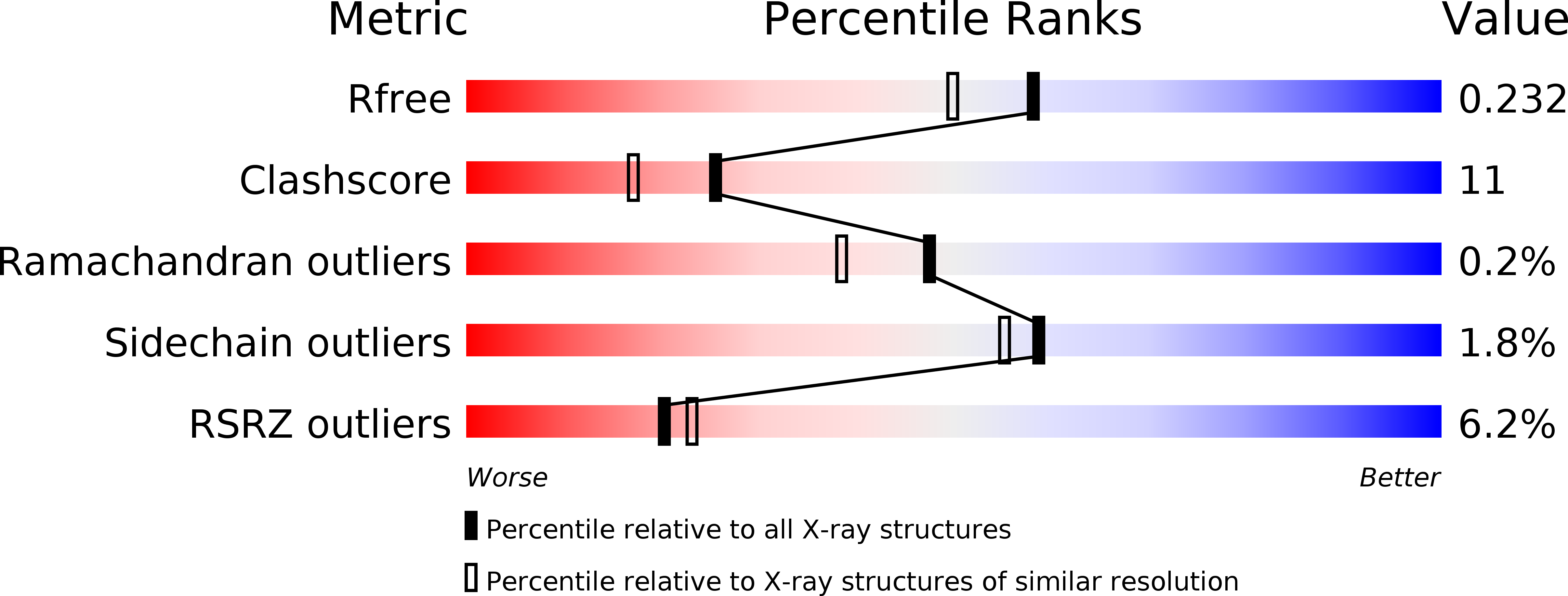
Deposition Date
2001-04-16
Release Date
2001-04-25
Last Version Date
2024-02-07
Method Details:
Experimental Method:
Resolution:
1.90 Å
R-Value Free:
0.23
R-Value Work:
0.21
R-Value Observed:
0.21
Space Group:
P 31 2 1


